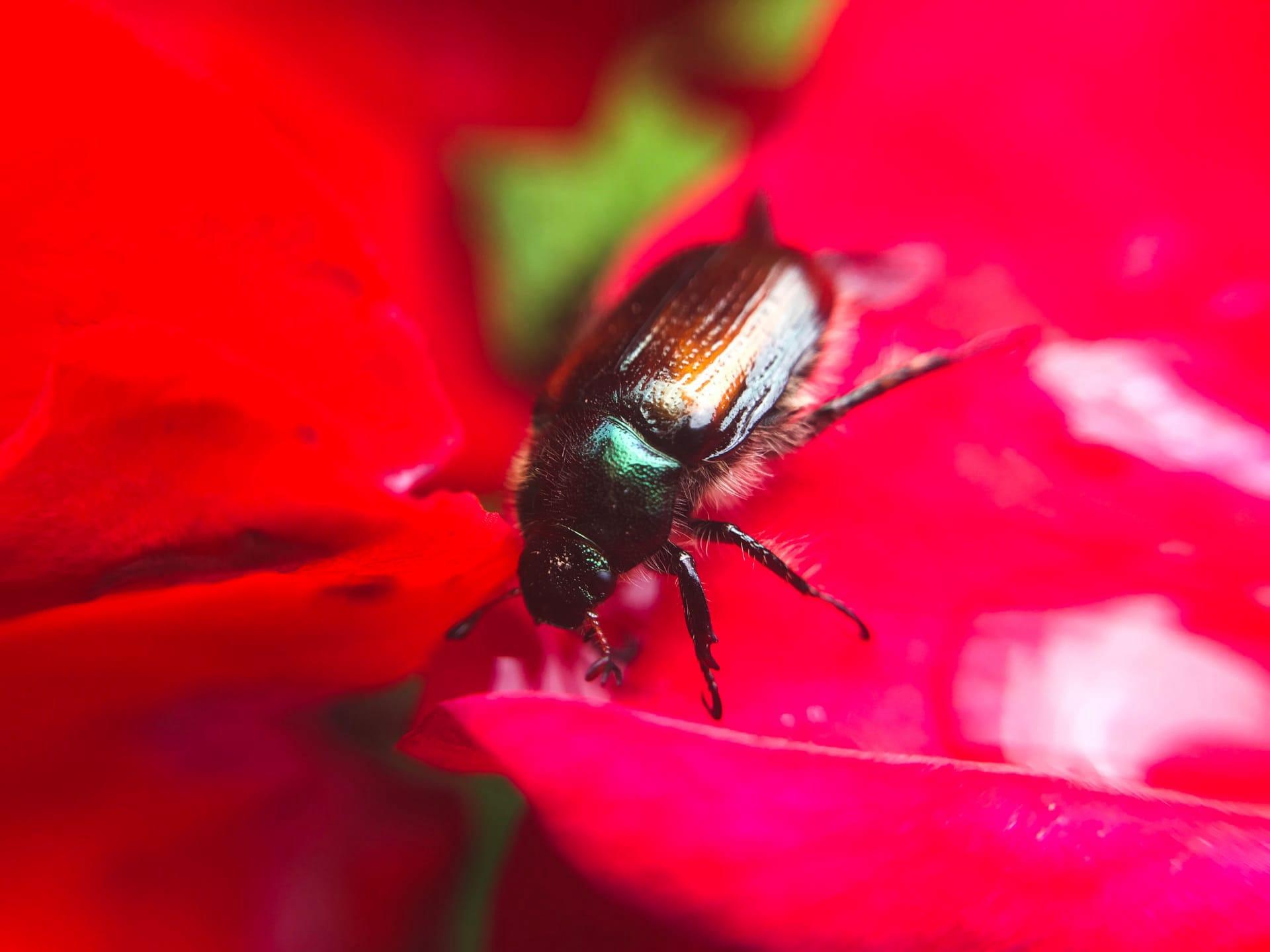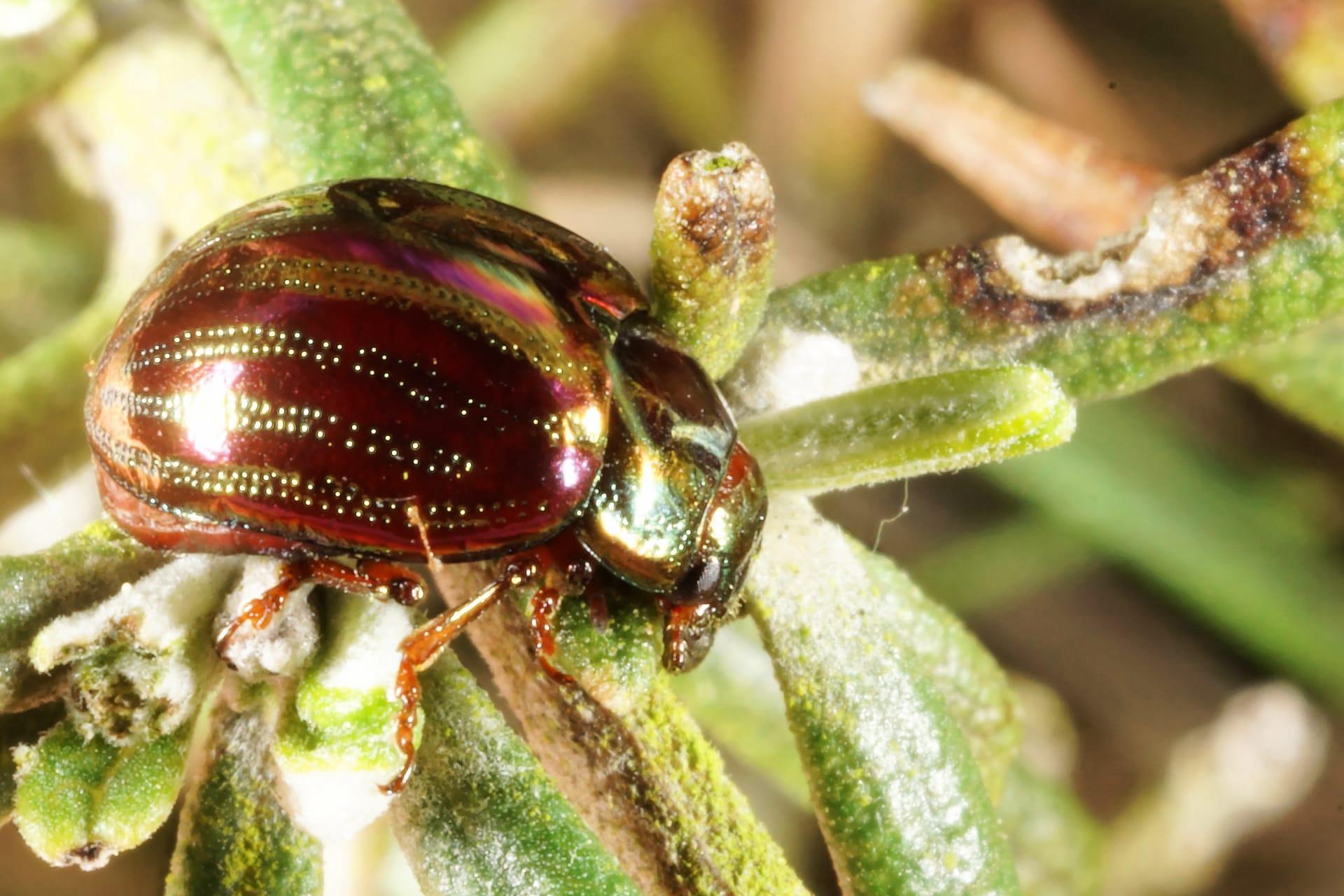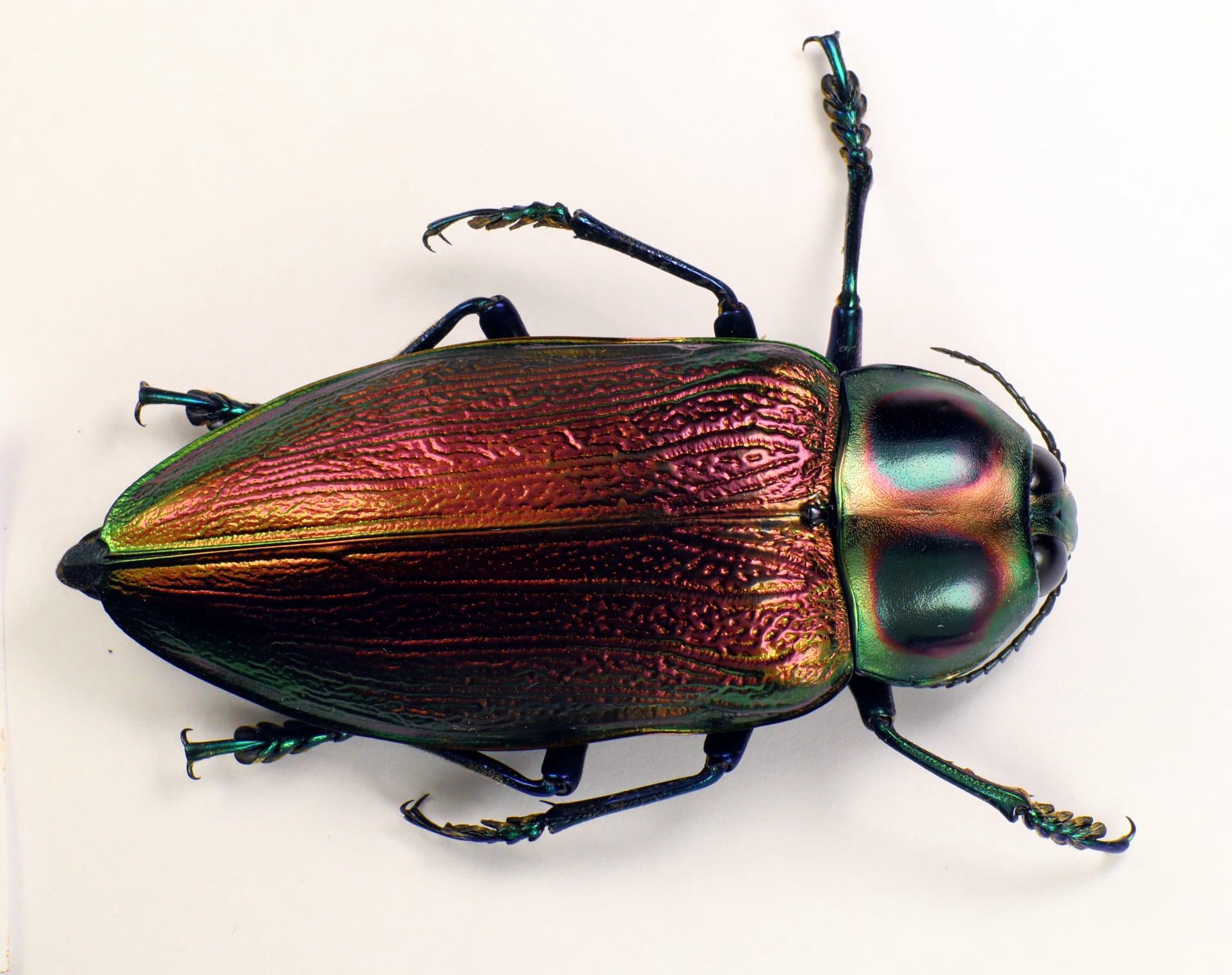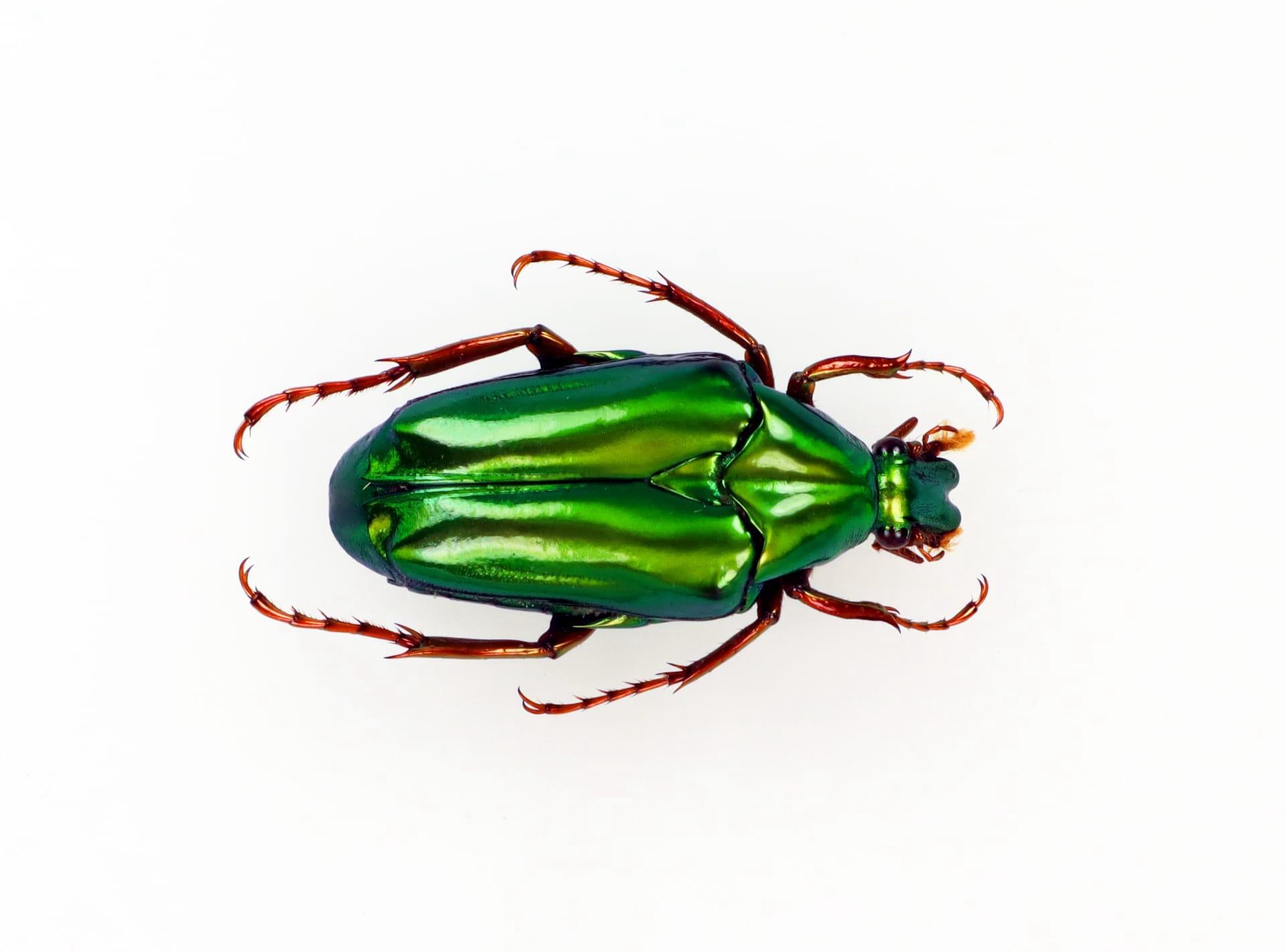Christmas Beetle Trivia
- Home /
- Trivia Question /
- Animal /
- Christmas Beetle Trivia
1
Question: What distinguishes the Christmas beetle in terms of physical appearance?
Answer: The Christmas beetle, belonging to the genus Anoplognathus, is known for its vibrant, metallic sheen. These beetles range in color from golden brown to vivid green, often with a shimmering, iridescent finish. They average about 20 to 30 millimeters in length, making them easily noticeable when they swarm in large numbers during the summer months in Australia.
Question: How did the Christmas beetle get its festive name?
Answer: The Christmas beetle earned its name due to its conspicuous presence around the Christmas season in Australia. Their emergence coincides with the beginning of the summer in the Southern Hemisphere, often in late November or December. This timing, coupled with their bright, shiny appearance, makes them a natural symbol of the festive season down under.

2
Question: Is it true that Christmas beetles are harmful to crops and gardens?
Answer: While it's a common belief that Christmas beetles are significantly harmful to crops and gardens, their impact is often exaggerated. These beetles primarily feed on eucalyptus leaves and can be problematic in large numbers, but generally, their feeding habits do not cause substantial damage to healthy, mature trees. Young plants, however, can be more vulnerable to their feeding.
Question: Do Christmas beetles bite or sting humans?
Answer: Contrary to some myths, Christmas beetles do not bite or sting humans. They are considered harmless to people. Their primary focus is on feeding on foliage and reproducing. Any interaction with humans is usually accidental and not aggressive in nature.

3
Question: What is the lifespan of a Christmas beetle?
Answer: The lifespan of a Christmas beetle is relatively short. They spend most of their life as larvae underground, which can last up to two years. However, once they emerge as adults to mate and feed, their life span is only about 4 to 6 weeks. This brief adult stage is why their appearance is so notable and seasonal.
Question: How do Christmas beetles communicate or interact with each other?
Answer: Christmas beetles are not known for complex communication methods. Their primary interactions occur during mating season. Visual cues play a role in attracting mates, with their shiny exoskeleton being a key feature. They may also use pheromones, chemical signals, to locate each other, a common form of communication in many beetle species.

4
Question: What role do Christmas beetles play in the ecosystem?
Answer: Christmas beetles play a crucial role in the ecosystem as decomposers. Their larvae, which live in the soil, help break down organic matter, enriching the soil quality. This is vital for plant growth and maintaining healthy ecosystems. Adult beetles also serve as a food source for birds and other predators, contributing to the food chain.
Question: Are Christmas beetle populations facing any threats?
Answer: Christmas beetle populations have been observed to decline in some areas. This decline is often attributed to factors such as habitat loss due to urbanization, changes in land use, and possibly climate change. As they are dependent on specific types of vegetation, any alteration in their habitat can significantly impact their numbers.

5
Question: Can Christmas beetles fly, and how well do they do it?
Answer: Yes, Christmas beetles are capable of flying. They have a pair of hard, protective wing cases called elytra, which cover their delicate flight wings. When they fly, they open these elytra and use their membranous wings underneath. However, their flight is often described as clumsy and noisy, as they tend to bump into objects.
Question: What is the diet of a Christmas beetle?
Answer: The diet of a Christmas beetle is primarily eucalyptus leaves, which is why they are predominantly found in areas with abundant eucalyptus trees. As larvae, they feed on decaying plant material and roots in the soil. This diet plays a significant role in their contribution to the ecosystem as decomposers and in soil nutrient cycling.